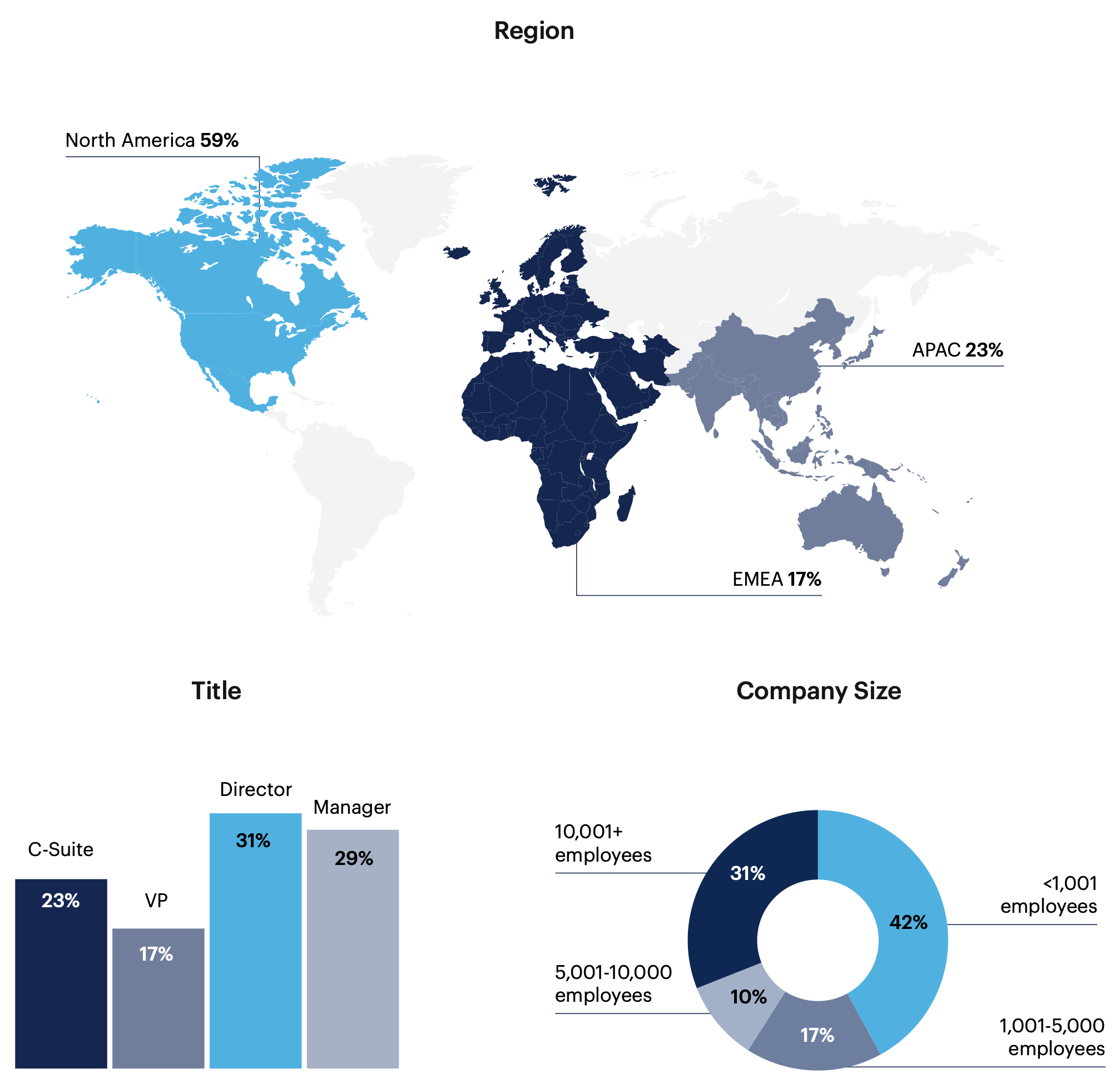AIOps: Hype Or Practical I&O Solution?
AIOps solutions have the potential to increase automation of and visibility into IT infrastructure and operations (I&O). How are leaders exploiting this technology to best drive ROI?
One minute insights:
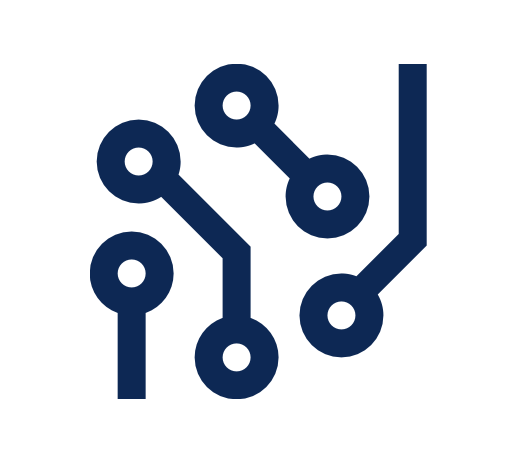 More than a two-thirds of respondents are either deploying or planning to deploy AIOps
More than a two-thirds of respondents are either deploying or planning to deploy AIOps Leaders are satisfied with their AIOps deployment and many are using external tools to do so
Leaders are satisfied with their AIOps deployment and many are using external tools to do so The AIOps benefits cited by most leaders are centralized visibility into IT I&O inputs and automated alerts
The AIOps benefits cited by most leaders are centralized visibility into IT I&O inputs and automated alerts Nearly half of respondents are struggling with false positives and data manage- ment is a challenge for many
Nearly half of respondents are struggling with false positives and data manage- ment is a challenge for many Most leaders are skeptical of vendors offering AIOps tools, but believe it to be a fully defined solution
Most leaders are skeptical of vendors offering AIOps tools, but believe it to be a fully defined solution
Most leaders are currently deploying AIOps or planning to deploy it within the next year
Most (36%) respondents are currently deploying AIOps and about one-third (33%) plan to do so.
Is your organization currently deploying AIOps?

n = 300
Is there a timeline in place to deploy AIOps within your organization?
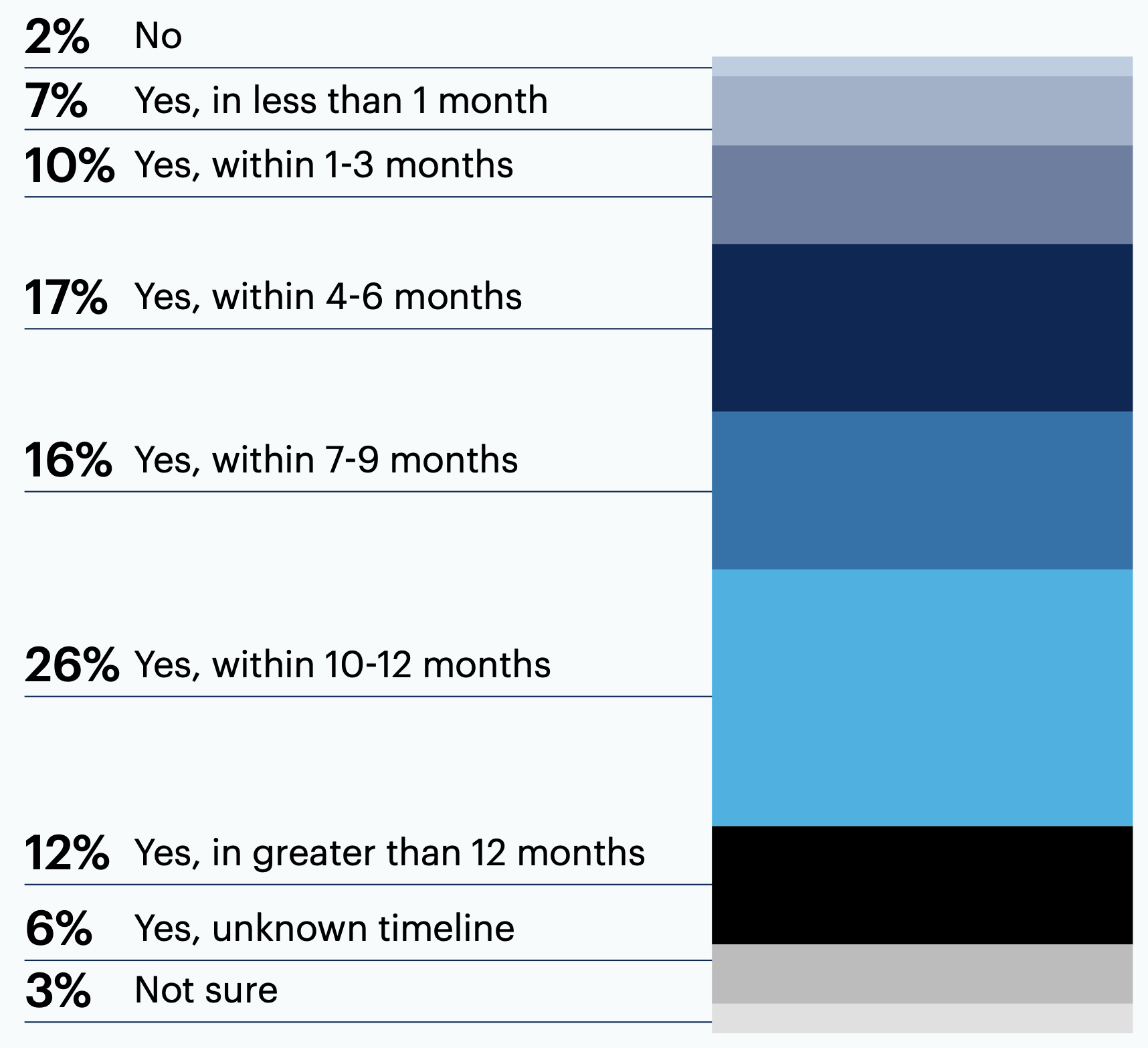
Among those who plan to deploy AIOps, nearly all (88%) have established timelines, with the vast majority (76%) working on timelines of a year or less.
n = 98
I'm optimistic, but not completely convinced of the value of these solutions.
As we continue to build public cloud workload, we are working to build in AIOps in parallel with construction.
Respondents are seeing satisfactory deployment using external tools, and chose to adopt AIOps to increase automation
The majority (62%) of leaders currently working on AIOps are satisfied with their deployment, with most using external tools (73%), and only 5% using an in-house (i.e., proprietary) solution.
Are you satisfied with your AIOps deployment?
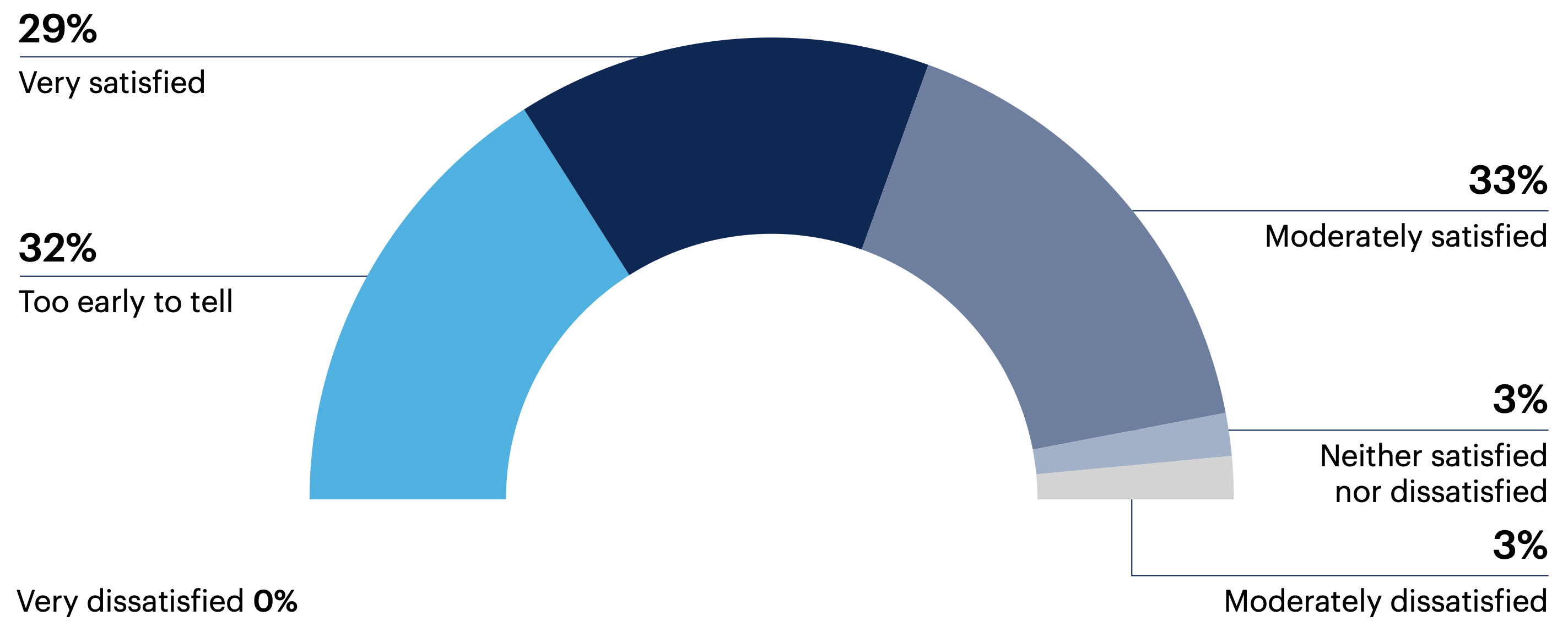
n = 108
Which tool(s) are you using for AIOps?*
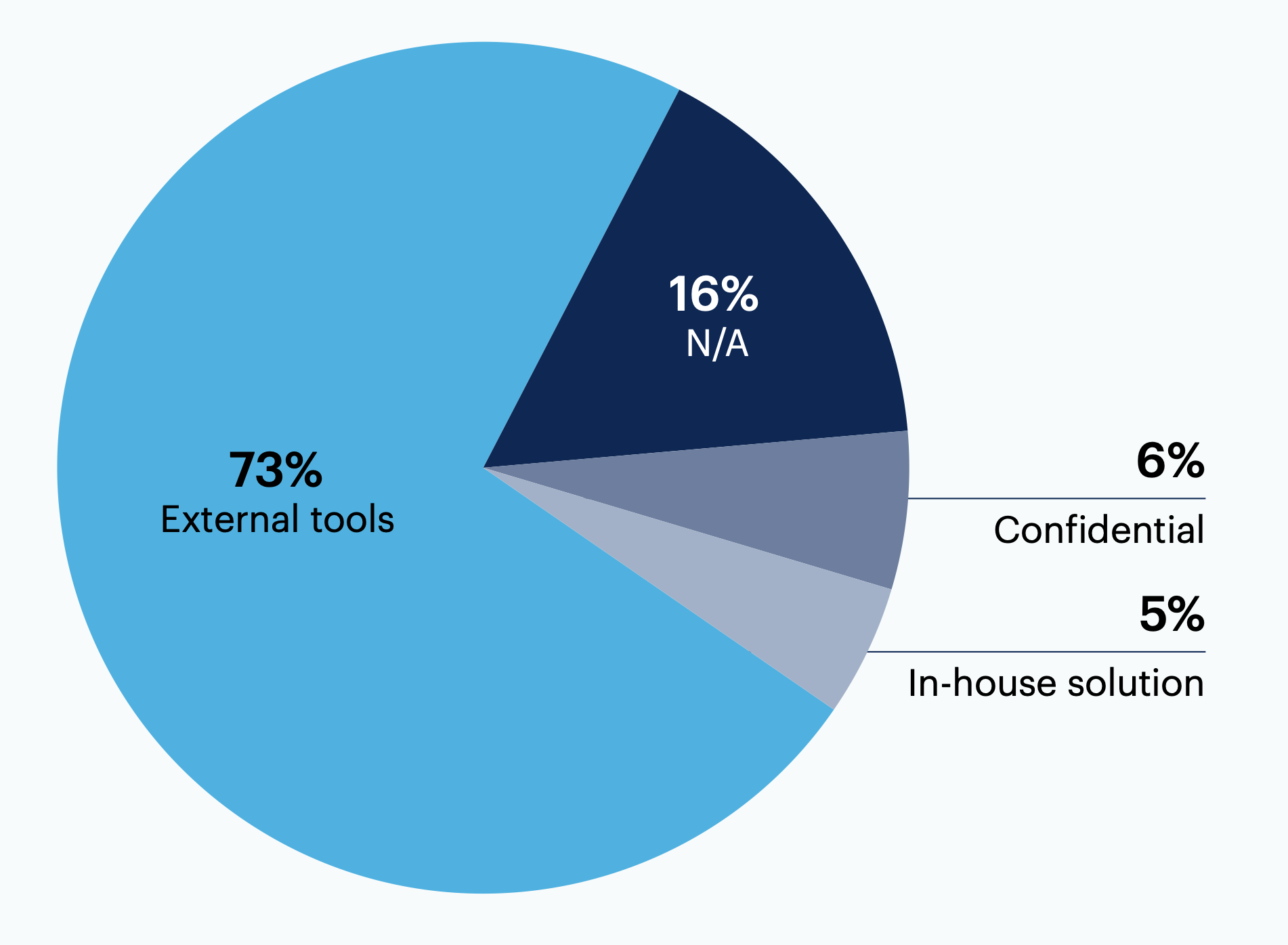
n = 108
*The values for this chart were calculated by categorizing and consolidating open text responses to this question
Breakdown of external tools specified by respondents:
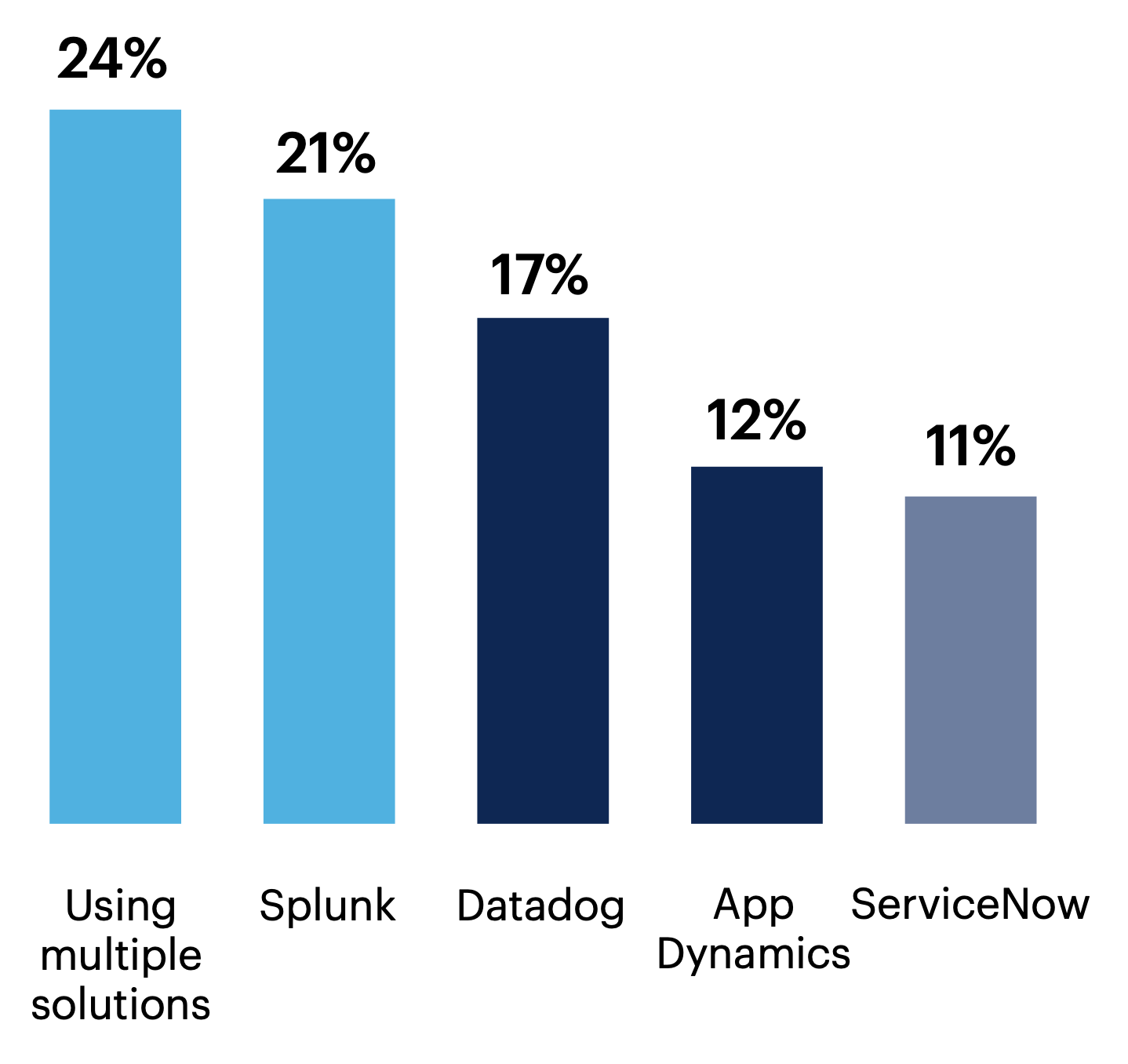
For those using external solutions, the most commonly used tools are Splunk (21%), Datadog (17%) and AppDynamics (12%). 24% are using multiple solutions.
Dynatrace 9%, BMC Helix Operations Management 7%, Moogsoft 7%
n = 76
The most common reason for adopting AIOps is to increase automation (72%), but for many leaders this choice was also driven by having too much data for traditional IT operations management (ITOM) practices (50%) and a need to introduce/improve alerts (47%).
What were your reasons for adopting AIOps?
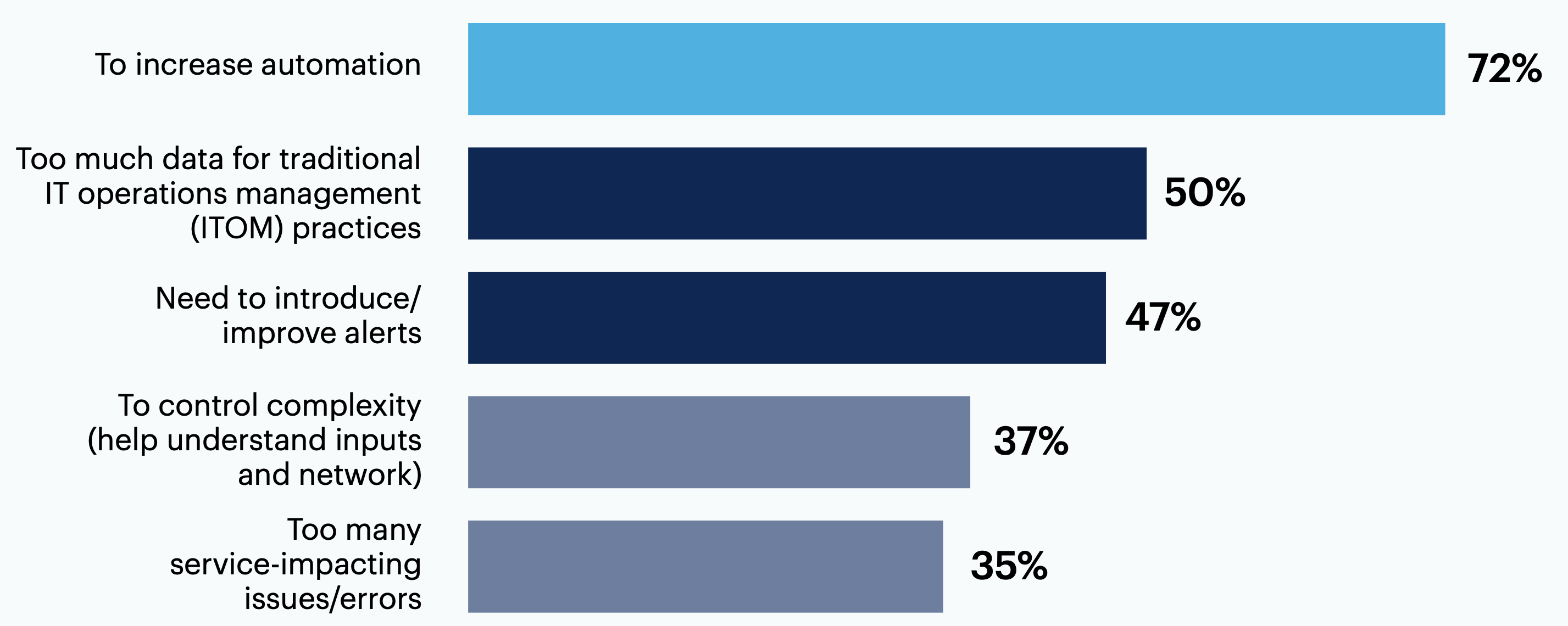
n = 206
As part of wider digital transformation efforts 27%, Introduce scalable solution 27%, Improve engineer morale (less time dealing with mundane tasks) 21%, Too much downtime 19%, Inability to remediate errors/find root cause 13%, Engineering change request 7%, None of these 1%, Other 0%
As with any new technology, the solution has to be contextualized for your environment.
This is like any other tool that can provide automation, it takes in-depth knowledge of the environment and continued tuning as the environment ebbs and flows. Overall, if a mature tool is implemented and tune[d] properly, there should be solid ROI over time.
Many leaders look to AIOps for automated alerts, yet challenges such as alert fatigue and false positives are common
51% of leaders are looking to gain centralized visibility into IT infrastructure and operations (I&O) inputs by adopting AIOps. Respondents also identified automated alerts (48%), increased issue discovery (40%) and increased innovation (40%) as key benefits.
What are the top benefits of AIOps adoption?
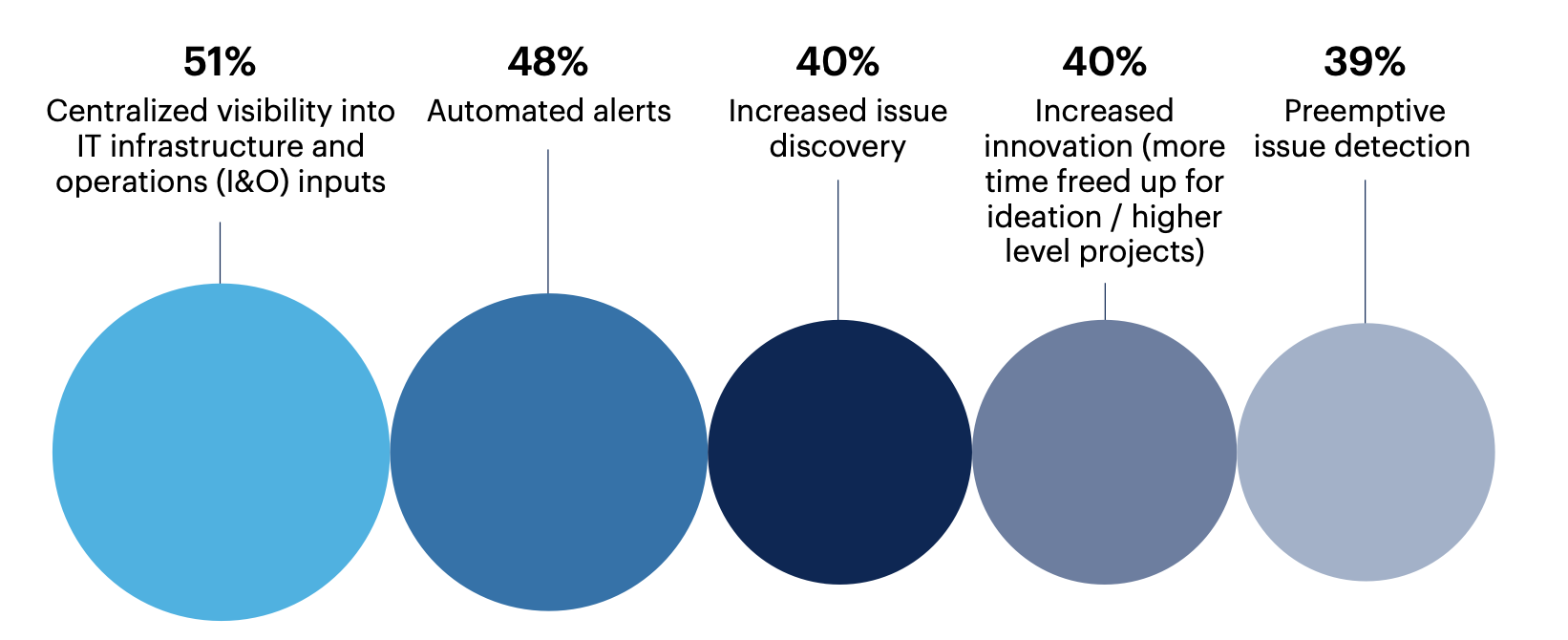
n = 300
Reduced operating costs (fewer costly incidents) 35%, Improved cybersecurity (detect malware/malicious behavior patterns) 29%, Improved problem management (identify repeating, root causes) 21%, Actionable insights 18%, Scalability 15%, None of these 2%, Other 0%
The most reported challenges to adopting AIOps are false positives (49%), data management (44%) and alert fatigue (39%). Nearly a third of respondents also highlighted misleading vendor marketing (31%) and integration difficulties (31%) as hurdles.
What are the top challenges to AIOps adoption?
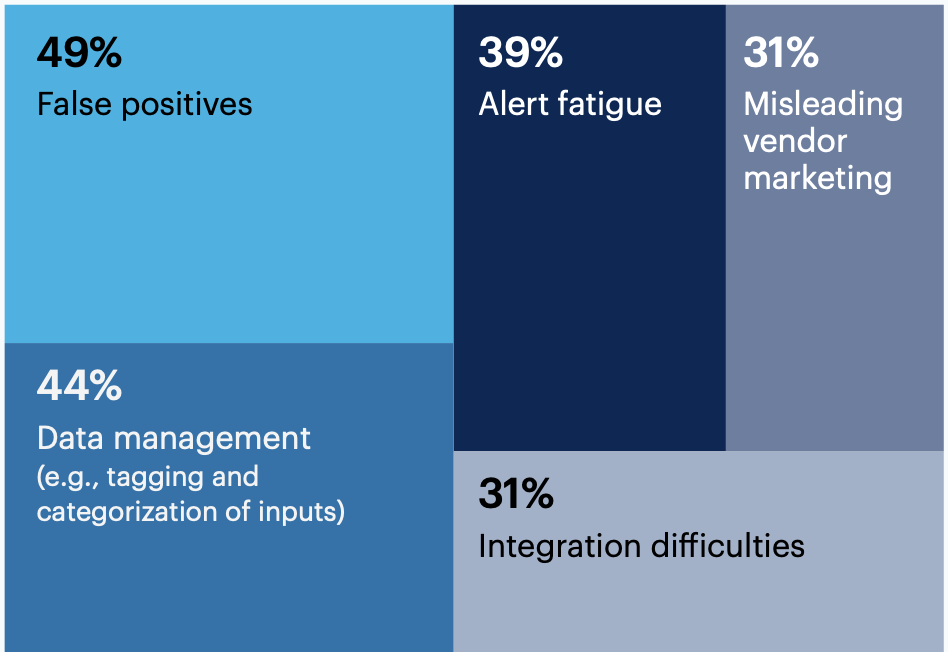
Hard to define ROI 24%, Hiring the right skill sets 23%, Ongoing management/maintenance 21%, Training/upskilling requirements 20%, Gaining cross-team collaboration 18%, Upfront costs 14%, Executive buy-in (willingness to invest) 11%, Employee buy-in (willingness to accept cultural/collaborative changes) 8%, None of these 1%, Other 0%
n = 300
We're starting to see real benefits, however it'll take some time to mature properly. The positives far outweigh the challenges.
With many monitoring tools, the proof is in the pudding. Once it's been running for a year, the proof or failure will be clear. In 35 years, monitoring has been difficult to tune. I don't see this significantly improving tuning but [it] may help with low value alerts.
While the vast majority of leaders are skeptical of vendors offering AIOps, many see it as a fully defined solution
Do you feel skeptical of vendors offering AIOps tools and/or solutions?
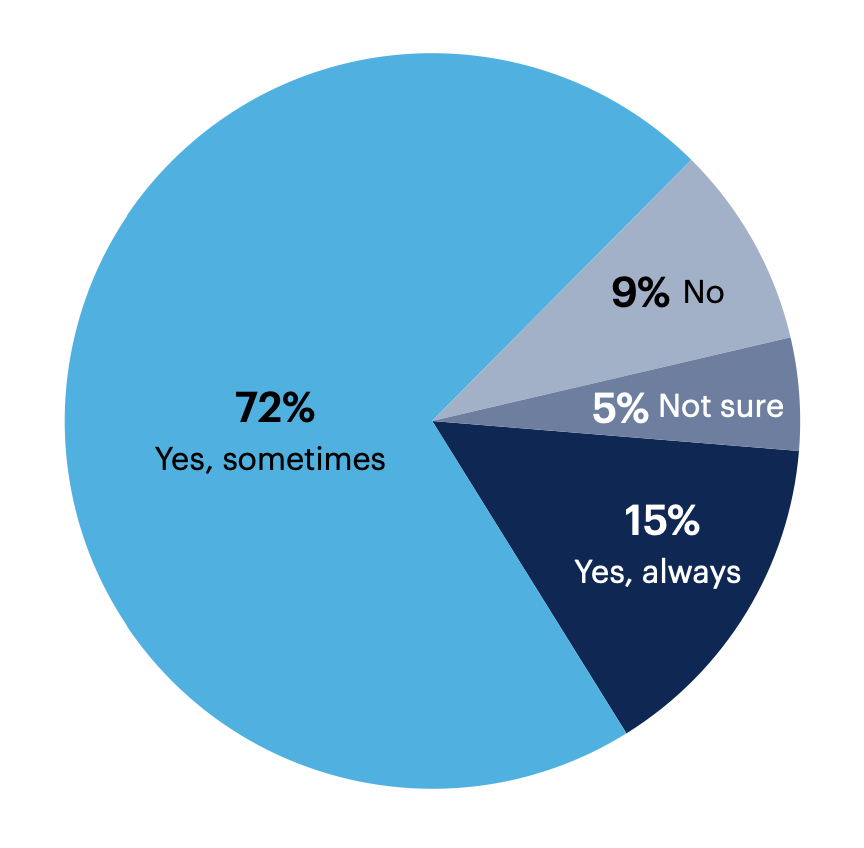
87% of respondents feel skeptical of vendors that offer AIOps at least sometimes, with 15% indicating they’re always skeptical of such vendors.
n = 300
Nearly half (47%) agree that AIOps is a fully defined solution, yet one-fifth (20%) of surveyed leaders disagree on this point.
To what extent do you agree with the following: “AIOps is a fully defined solution that any IT I&O team can implement.”

n = 300
AIOps is mostly a marketing buzz-term. Few vendors are truly delivering what they advertise.
I think AIOps is still in [the] early stages of effective use case development and will require a cycle or two to mature.

Want more insights like this from leaders like yourself?
Click here to explore the revamped, retooled and reimagined Gartner Peer Community. You'll get access to synthesized insights and engaging discussions from a community of your peers.
Respondent Breakdown
